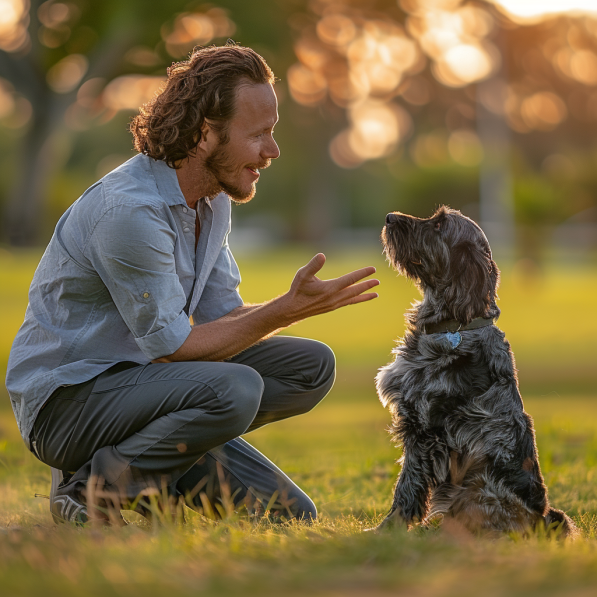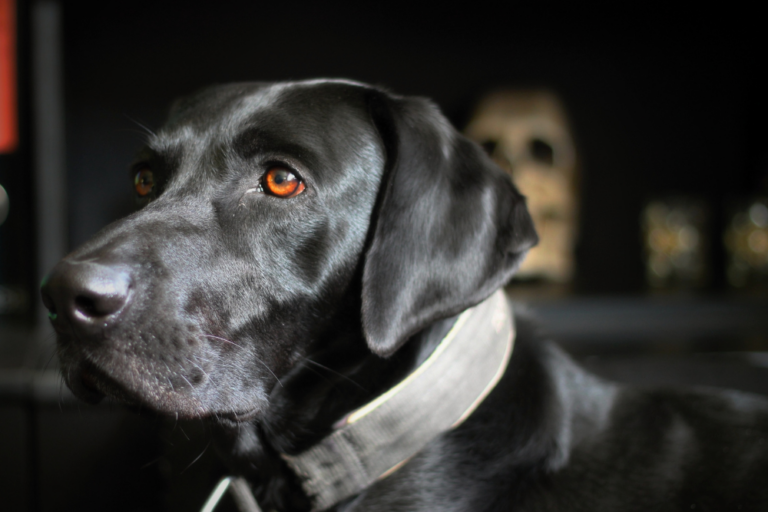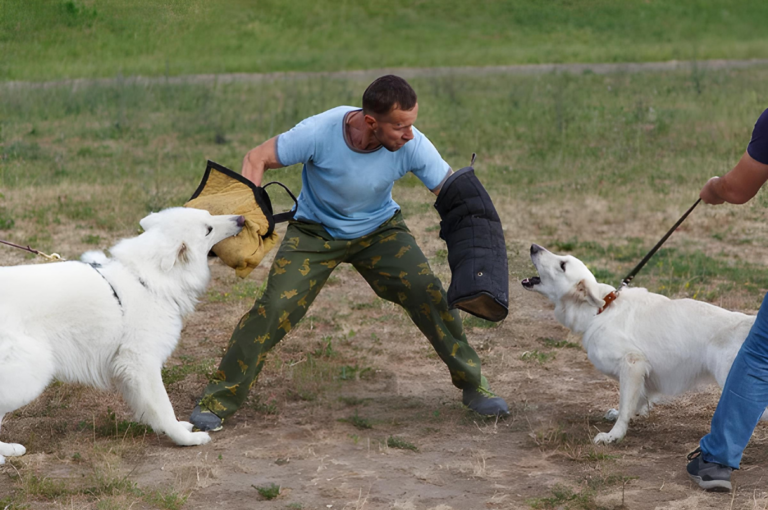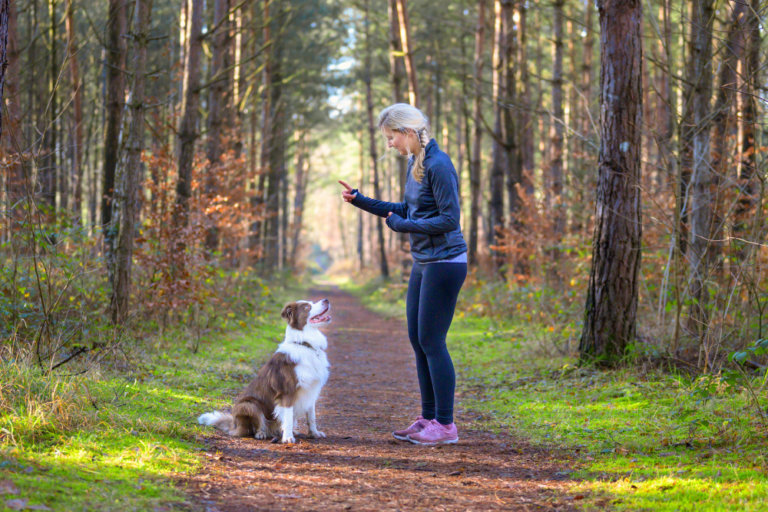Dog Obedience Training

Dog Obedience Training
Understanding action and response is key to training, obedient dogs are happy dogs and they make better pets as a result.
Now, don’t get me wrong, it does take time and effort, especially in the early years, but the goal ultimately is to have a dog which is obedient and fits in with the family, We have enough hassles in life as it is! 🙂
Dog Obedience Training Review
Dog obedience training is easier now that we are aware how dogs think. Understanding action and response is key to training, obedient dogs are happy dogs. And why are well trained dogs happy?
For one.. an obedient dog lives life with a purpose, pleasing you, its companion and care giver. With dog obedience training you and your fur kids will share a bond, understand each other and communicate clearly. An obedient dog exudes confidence, can be trusted and will maintain a more even temperament.
By understanding you and knowing expected actions, behavioral issues and bad habits are far and few between. No yelling, scolding, or punishments means a happy dog and an improved quality of life!
Dog obedience training can be accomplished in a positive way, awesome and fun for both you and your dog:)
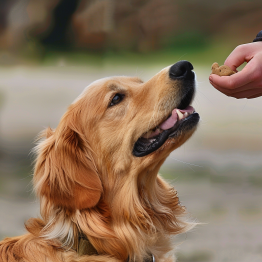
Since canines are social pack oriented animals, dog obedience training is an excellent method to establish pack hierarchy. By teaching basic obedience commands you will instill a sense of trust and respect in your dogs. This makes clear who is pack leader and in charge, this can be accomplished with positive reinforcement.
You may have often heard the old adage, “You can’t teach an old dog new tricks”, this is a myth. As it’s always best to start dog training with a young puppy, behavior modification and training can be accomplished at any age. Dogs learn by action and response over the course of their life. It’s never too late to begin training your dog.
We can also use training techniques to correct unwanted behavior and bad habits as they come up. Your dogs behavior may change over its lifetime. This can be due to age, change of environment, health problems, boredom and more.
Dog Obedience Training Methods Vary
Positive reward for desired action.
There are two schools of thought here, positive training which of late has become quite popular. And, correction reinforcement that relies heavily on training collars, leads and timed corrections.
Through out my life I have employed both dog obedience training methods with great success and in publishing this website will try to remain neutral. My goal is to provide information that helps you make an informed decision on what training method best suits your needs.
Here I will briefly touch upon both methods of dog obedience training and get into specifics with future articles.

Positive Reinforcement Praise and Reward
Remember “dogs do whatever works” and positive reinforcement seems by far the method of choice these days, becoming very popular in the early 1990’s. Dogs want to please and the bond that results with positive training methods is incredible.
Dog obedience training using positive reinforcement is achieved with praise, rewards and positive actions rather than correction and punishment.
The most important aspect of positive training is motivation. You need to determine what absolutely motivates your dog.
This can be something simple as praises and affection, bait/ treats, a favorite toy, or something else.
Next commands are given and when a desired action is achieved the dog is rewarded. Some trainers use a clicker to mark an action and then reward. It’s pretty much that simple, we are reinforcing and conditioning behavior in a solely positive way.
Correction Reinforcement Dog Obedience Training
Prong style training collar. (please note always use with care and don’t overuse if you opt for this)
Correction reinforcement may also be referred to as “traditional training”, “adverse” or “coercive” training and has been around pretty much from day one. This method of training now deemed somewhat “old school”, relies on timing and corrections. If a command is given and desired action not achieved, a correction is given typically with a lead and training collar. A dog soon learns the behavior and obeys the command to avoid the correction.
Most dogs catch on quickly with this method and it is often used to thwart undesired problems and bad habits as well. A correction is not always by leash and collar however. Other stimuli such as loud commands, noise makers and spray bottles are often use for corrections and to gain attention of the dog.
Correction reinforcement training has been modified and adapted in many ways and can vary greatly by trainer.
As traditional dog training is more focused on obedience alone, it is the method of choice for many working dogs. Results are excellent with attack and police dogs, schutzhund dogs and other breeds that are driven performing tasks in an excited state of mind. Again, we will cover both of these dog obedience training methods in more detail with future articles.
First things first..
It is imperative that you take a class or two with a professional trainer to learn the ins and outs of the training method you will use. Grab the basic concept, method, techniques and repeat, repeat, repeat;)
View Beta Training Guide Here
View Alpha Training Guide Here

CAVEAT!
Dog obedience training beliefs vary widely by individual. I can not stress this enough as dog training is a very passionate and delicate topic to many I highly recommend that you research numerous sources for info, hone in on a technique you feel best fits your needs and take one or two lessons with a professional trainer!
Also, it is best to begin with positive training, this may be all you will need to succeed. Many correction reinforcement methods can cause both emotional and physical damage to your dog if implemented incorrectly. Further, many breeds are sensitive in temperament and may regress, become timid, aggressive, even fearful if you make mistakes with correction reinforcement.

